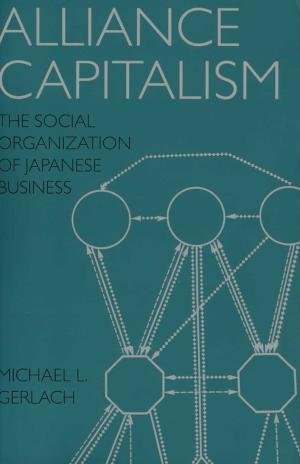
Despite their far-reaching consequences-economic and political, domestic and international-surprisingly little is understood about the patterns of interaction that link Japanese companies. Situated between the internal managerial practices of the Japanese firm and the national and international forces that define Japan's macroeconomy and industrial policies, intercorporate relations in the contemporary Japanese economy are marked by an elaborate structure of institutional arrangements that enmesh its primary decision-making units in complex networks of cooperation and competition. Included here are trade associations among firms in the same industries, large-scale business associations that cut across industries, special public corporations jointly invested in and staffed by private companies and state agencies, and overlapping sets of industrial, commercial, and financial alliances. These mediating institutions have in turn shaped and defined the basic characteristics of Japanese market structure and corporate enterprise. This is a study of perhaps the most distinctive of these institutions, the intercorporate alliance. There is a strong predilection for firms in Japan to cluster themselves into coherent groupings of affiliated companies extending across a broad spectrum of markets: with banks and insurance firms in the capital market, with sogo shosha (general trading companies) in primary goods markets, with subcontractors in component parts markets, and with competitors in new technology development. This pattern is dearest when the dusters have been institutionalized into identifiable keiretsu, or enterprise groups, which include both